The health-tracking segment has long been dominated by companies from the U.S. and Asia — including WHOOP, Apple, Garmin, Huawei, and Xiaomi — but Europe’s presence in this space is growing rapidly. Finland-based Oura has just secured $900 million in a Series E funding round, reaching a valuation of over $11 billion. This makes Oura the first European “decacorn” (a startup valued at more than $10 billion) in the health technology sector.
Oura plans to use the newly raised capital to further develop its AI-driven technologies, expand global distribution, and introduce new health-oriented features, such as Health Panels, a service that allows users to order lab tests directly through the app.
The company has been performing exceptionally well in recent years. Since its founding in 2015, Oura has sold over 5.5 million smart rings, with nearly 3 million units sold in 2025 alone. In 2024, the company reported approximately $500 million in revenue, and it now aims to double that figure to $1 billion in 2025.
The smart ring market continues to grow rapidly. Although such devices have existed for several years, they are only now entering the mainstream. Their advantages are clear — being able to track key health metrics through a ring-sized device that continuously gathers detailed physiological data is both valuable and convenient. These rings also have the potential to warn users in advance about possible health issues or even automatically contact emergency services in case of a fall — a feature especially important for older adults.
However, it’s worth remembering that these are electronic devices with batteries, which can malfunction or degrade over time — and since they’re worn tightly around the finger, that poses unique risks. A recent incident illustrates this perfectly: YouTuber Daniel Rotar, a Samsung Galaxy Ring user, reported that the battery inside his ring began to swell, squeezing his finger and making it impossible to remove. While at an airport, he was sent to a hospital, where doctors safely removed the ring. Fortunately, further examination showed that he escaped serious injury — but the event highlights the potential safety risks associated with wearable technology.

